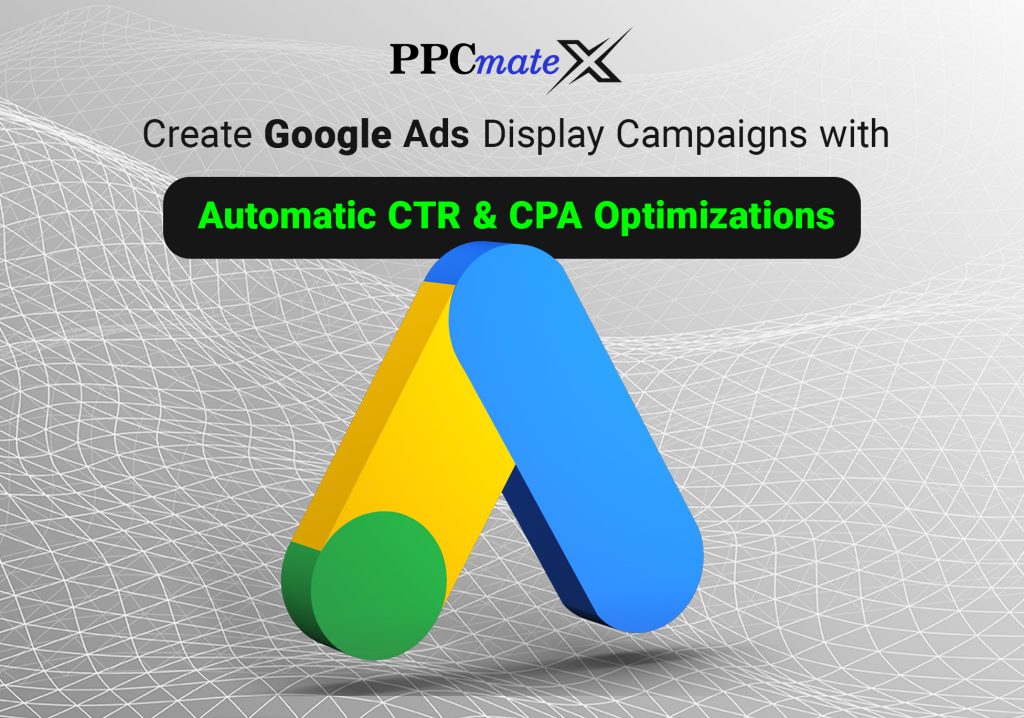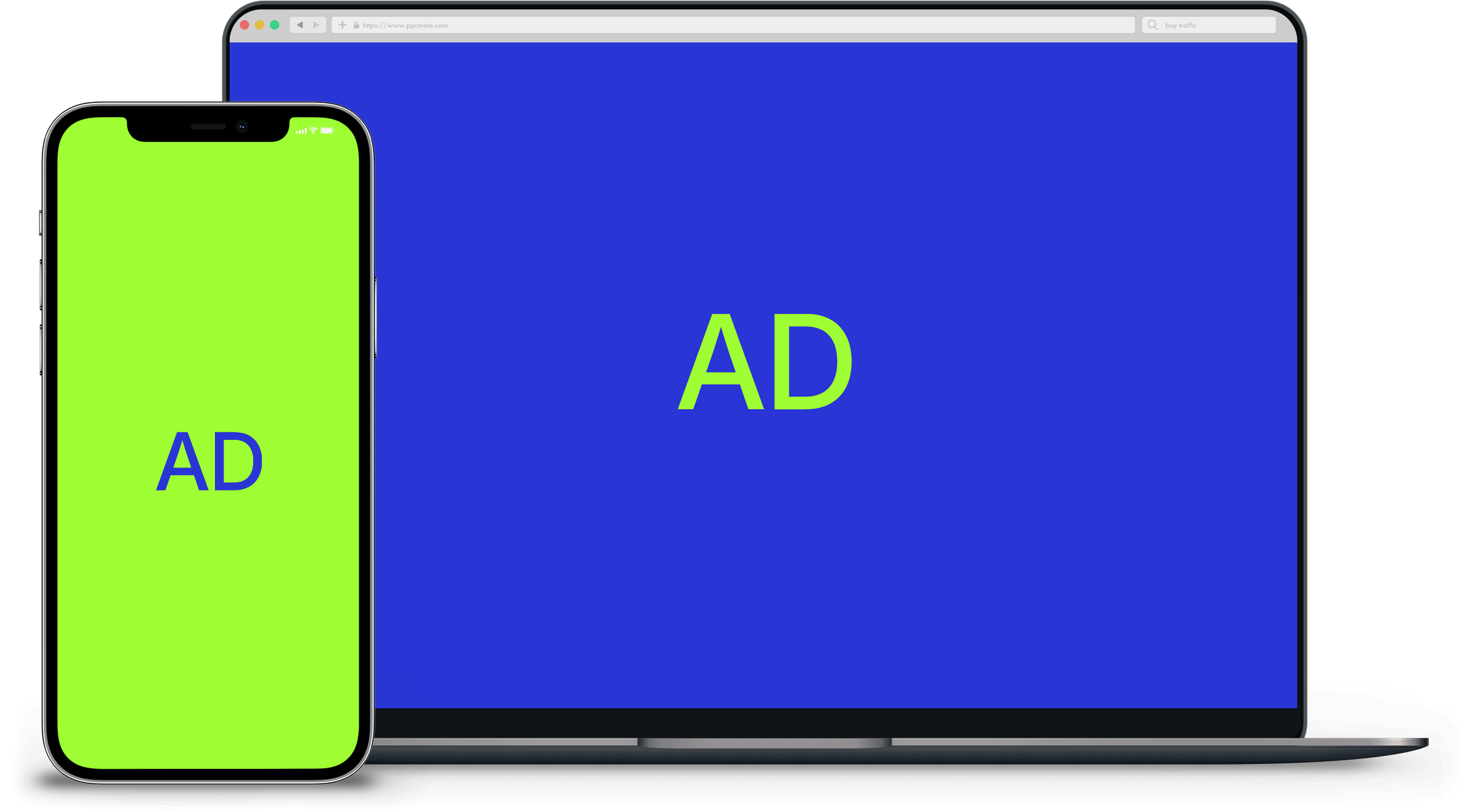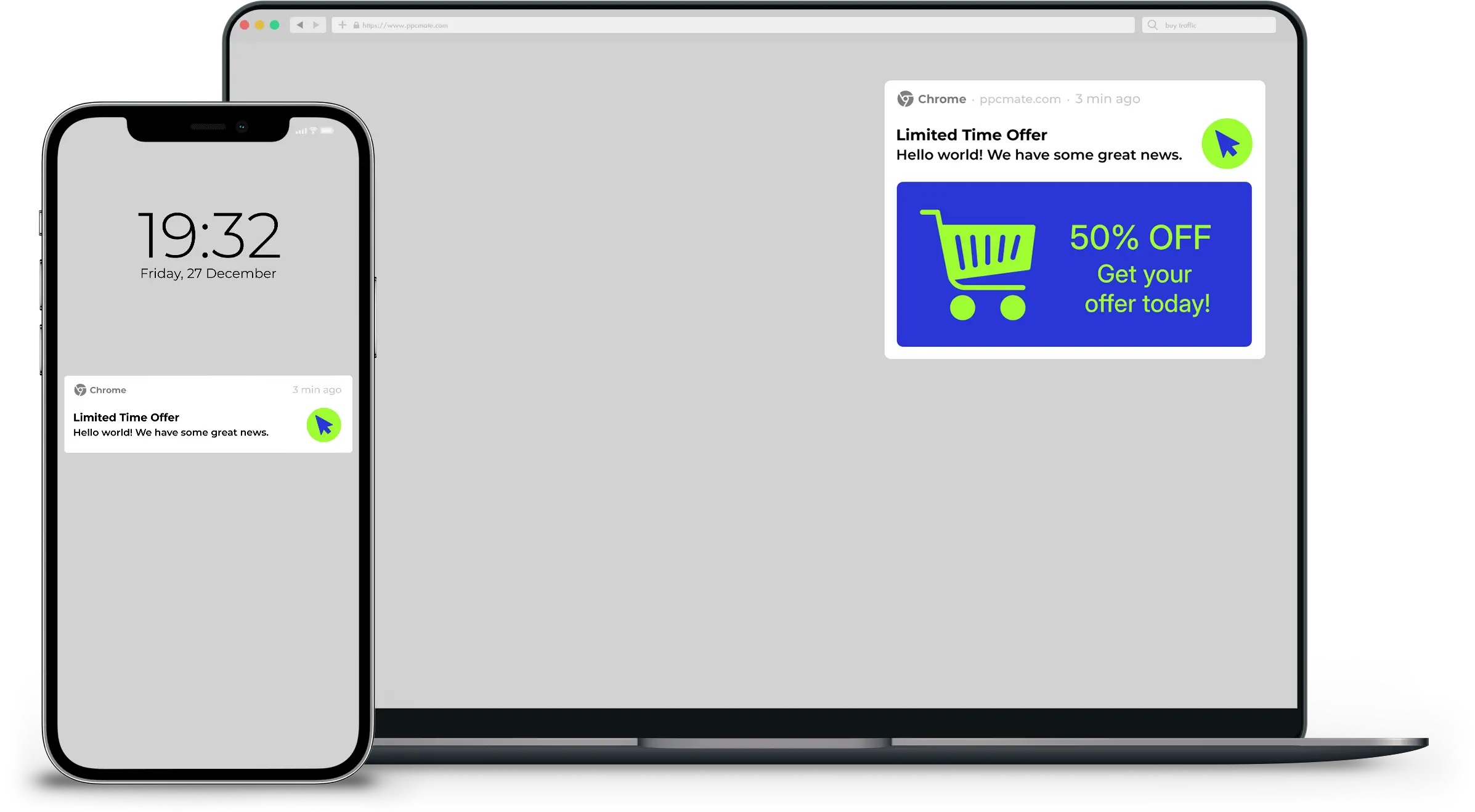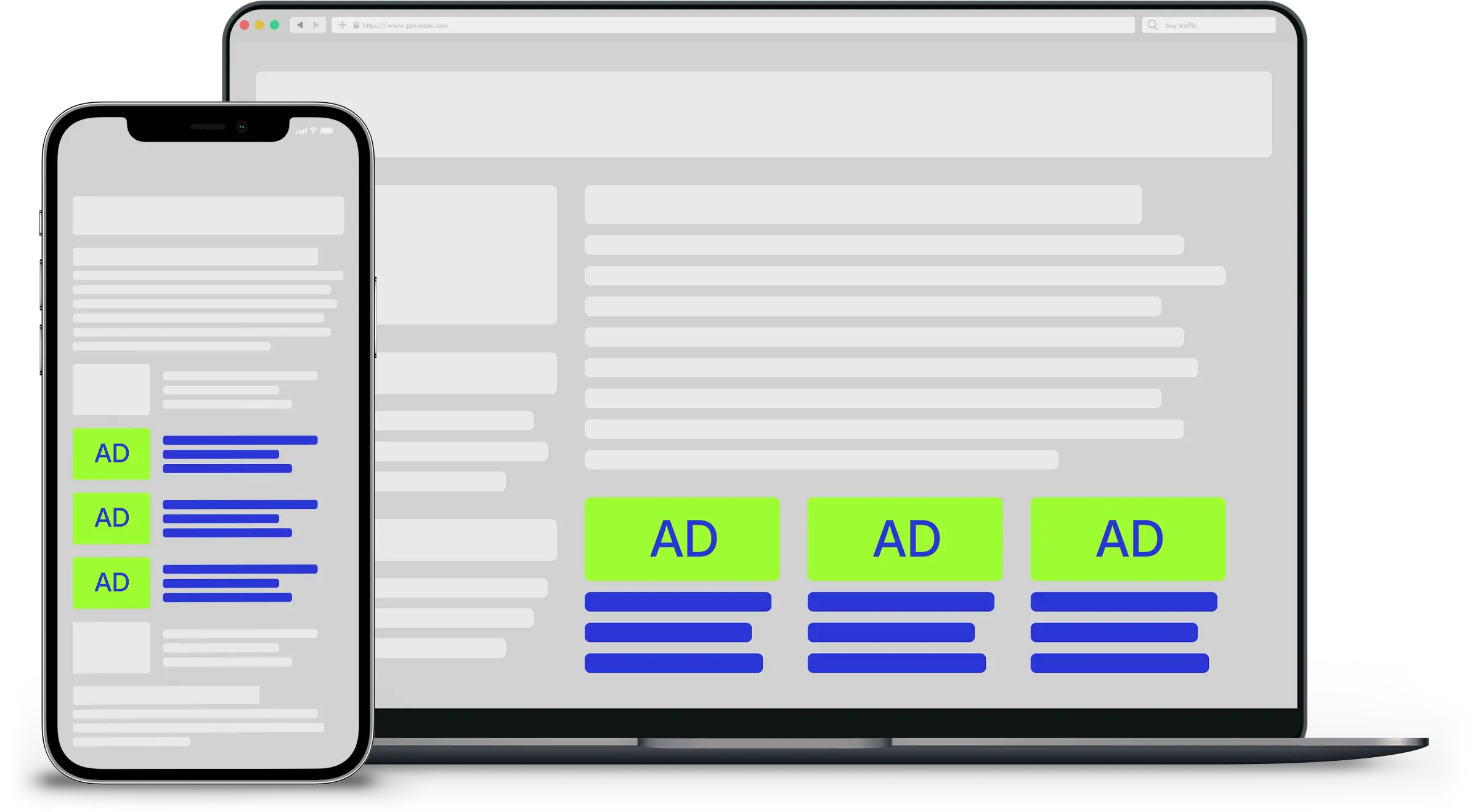Conversion rate optimization is the process of increasing the number of users who complete a purchase on a website. For a lot of brands, this area of focus can be difficult and has many areas for improvement. Even for eCommerce businesses who feel their current conversion rate is pretty strong there is always more work that can be done to improve conversions, and ultimately increase sales.
Here are five strategic ways to improve eCommerce website conversions:
1. Core Messaging
2. Site Performance
3. Easy-To-Use Navigation
4. Product Page Optimization
5. Checkout Process
CORE MESSAGING
Branding
Clear and cohesive company messaging goes a long way toward convincing customers to connect with a brand on an emotional level. A simple yet clear message that explains the brand’s core value or purpose should be highlighted on the homepage. This copy prompts users, letting them they are on the right site.
In the example below, the oriental rugs brand highlights their central offerings in a concise message, explaining to users exactly what the company can provide.
Shipping and Returns
For a lot of customers, free shipping is a key contributor to making the final purchase. If offering free shipping is not possible it’s still important to be clear about shipping costs on your website so there are no surprises for your customers down the line.
But even when shipping is free, shopping online can still be nerve-wracking for many customers — will it look the same in person as it did on the website? Will the material be durable? How will the color look in real life? You can help get your customers through the checkout process despite their concerns if you offer a generous return policy to put their minds at ease. Lay out your return policy clearly on your website to reassure your customers that they won’t be out of luck if they don’t like the product once it arrives.
SITE PERFORMANCE
Mobile Aesthetics
It’s essential that eCommerce websites always look visually appealing on mobile. That means no tiny images or tiny text. No blown up images or distorted formatting that forces users to pinch and scroll horizontally in order to make out the content on the page.
Mobile Performance
Mobile eCommerce sites need to perform to the expectations of the modern online shopper. Load times should be fast and content should be formatted to be consumed on a mobile device. The same information should be available to users on mobile devices as is available on desktop, though the mobile layout should be designed to meet the needs of users browsing with their thumbs rather than a mouse or trackpad.
Site Speed
When surveyed by eMarketer, 73.9 percent of survey respondents said they would leave a website if they found it to be slow or unresponsive. The truth is, Internet shoppers will not patiently wait for your site to load — meaning slow websites are big conversion killers. Optimizing site speed is a critical component to improving eCommerce conversions.
EASY-TO-USE NAVIGATION
Mega-menus
If an eCommerce site has an expansive amount of products and, in particular, product categories, mega-menus can offer a simple way for users to find their way to the products without having to click through too many different categories.
Breadcrumbs
Breadcrumbs help users orient themselves within the shopping process. In terms of user-experience, this is an important element. When users land on a specific product and forget how they arrived there, the breadcrumbs will re-orient them and offer them a pathway backward to explore further. It also saves the trouble of clicking the browser’s back button multiple times or returning to the homepage and beginning the navigation process all over again.
PRODUCT PAGE OPTIMIZATION
Custom product copy
The key to good product copy is to write compelling, thorough descriptions that fully encompass the key attributes and benefits of the product. When customer questions and concerns are answered, they’re more likely to want to put your products in their shopping carts because they know everything they need to.
Photography
High quality imagery is probably the most important element of a product page that is optimized for conversions. Customers need to see products close up and from multiple angles to feel they have true depiction of what the items look like. To make your product pages convert, consider investing in high quality imagery.
CHECKOUT PROCESS
Cost Transparency
Enable full cost transparency at the cart level so customers know what they can expect to pay when they reach the final step of the checkout process. Avoiding this step often results in a shock for customers, and usually ends with them leaving the site if they aren’t pleased with the price. When they reach the cart page customers should be given the complete cost including shipping and taxes.
Process Transparency
Offer customers a visual layout that explains where they are in the checkout process. Users like to know when they will have to pay for their product, or when they will have to enter shipping and billing information. If the customer knows exactly what they will be required to do at each upcoming step, there are fewer surprises and much less room for hesitation.
Offering them visual cues to orient themselves in the checkout process also reassures them that the process will be short and painless, which makes them more likely to complete it.
Follow-up
Even when a website follows all the tips outlined above, customers will still abandon the checkout process. Smart eCommerce brands follow up with cart abandoners to try to get them to return to the site to complete the transaction. Highlighting free shipping or special offers with remarketing e-mails can tempt customers to come back to the site to close the sale.
Certain automation programs will even remind users via e-mail that they have left a particular item in their cart. This gentle reminder can often be just what the customer needs to revisit and convert.
eCommerce Design
If your conversion rate is not where you think it needs to be, it’s worthwhile to invest in testing improvements to see what elements encourage users to convert. Consider brand messaging and overall site speed and mobile performance. Revamp under-performing elements of your website’s navigation and concentrate on product page optimizations that will make products more attractive. Finally, make sure your checkout process is smooth so customers won’t give up halfway through.
___
by Gabriel Shaoolian
source: SiteProNews









